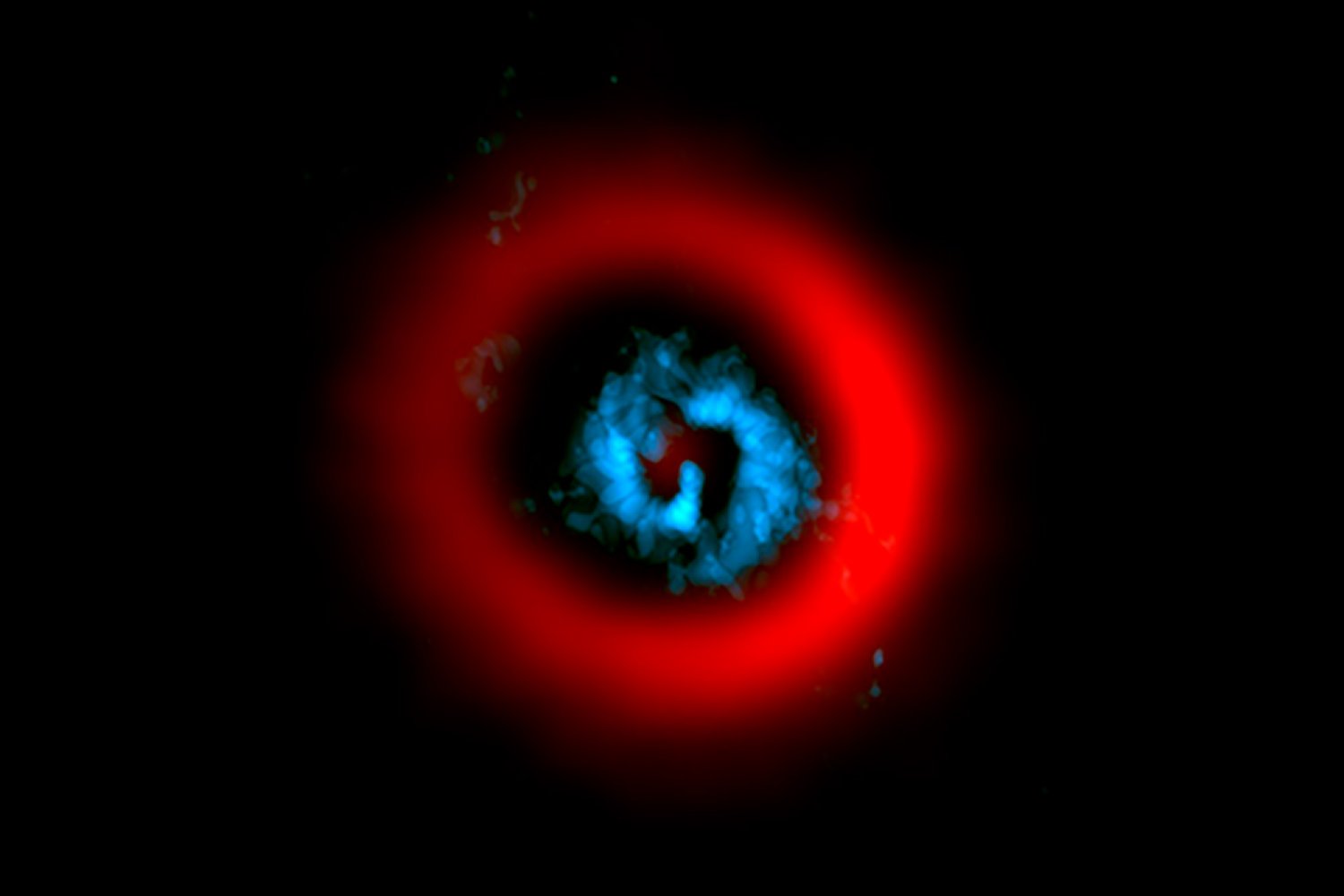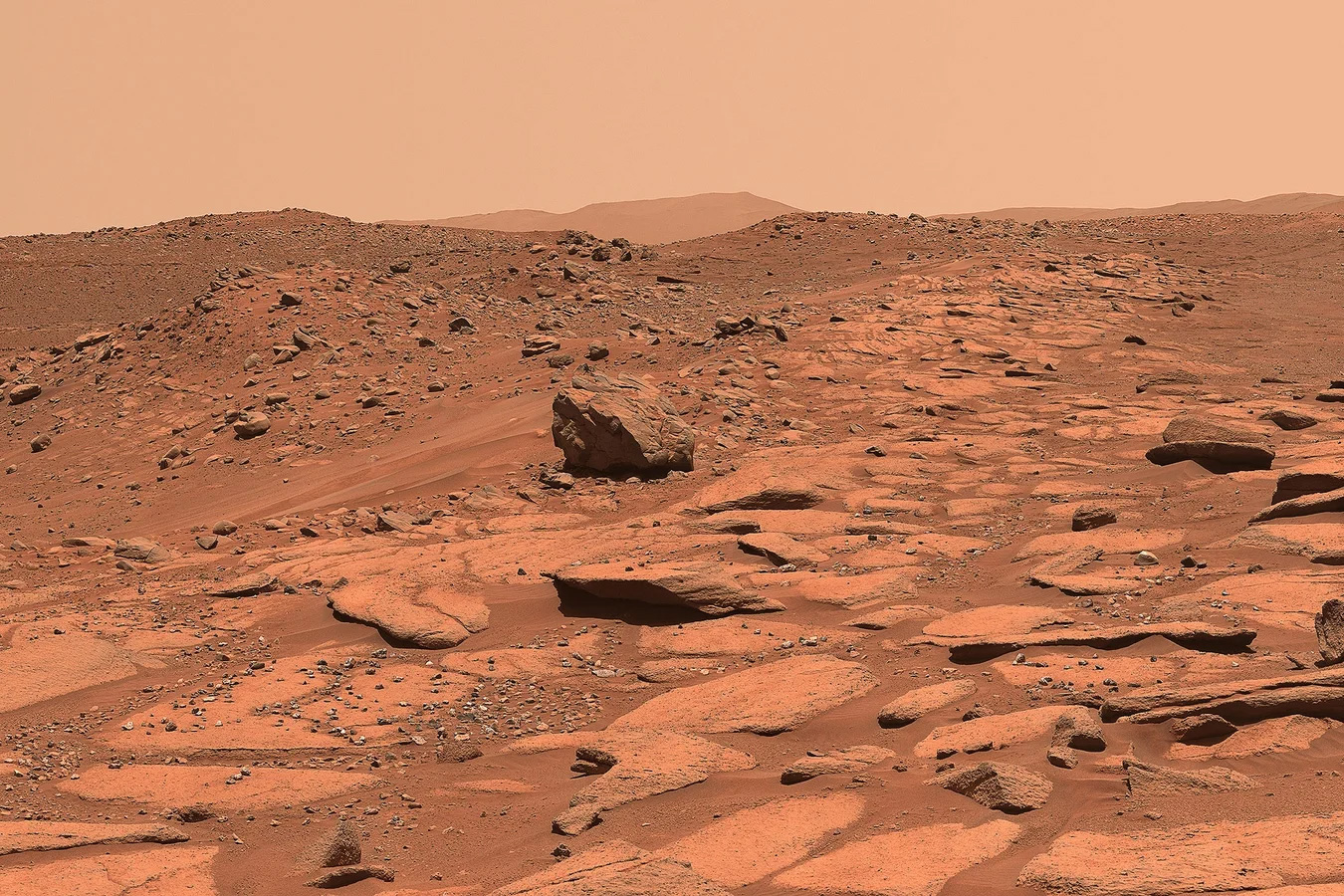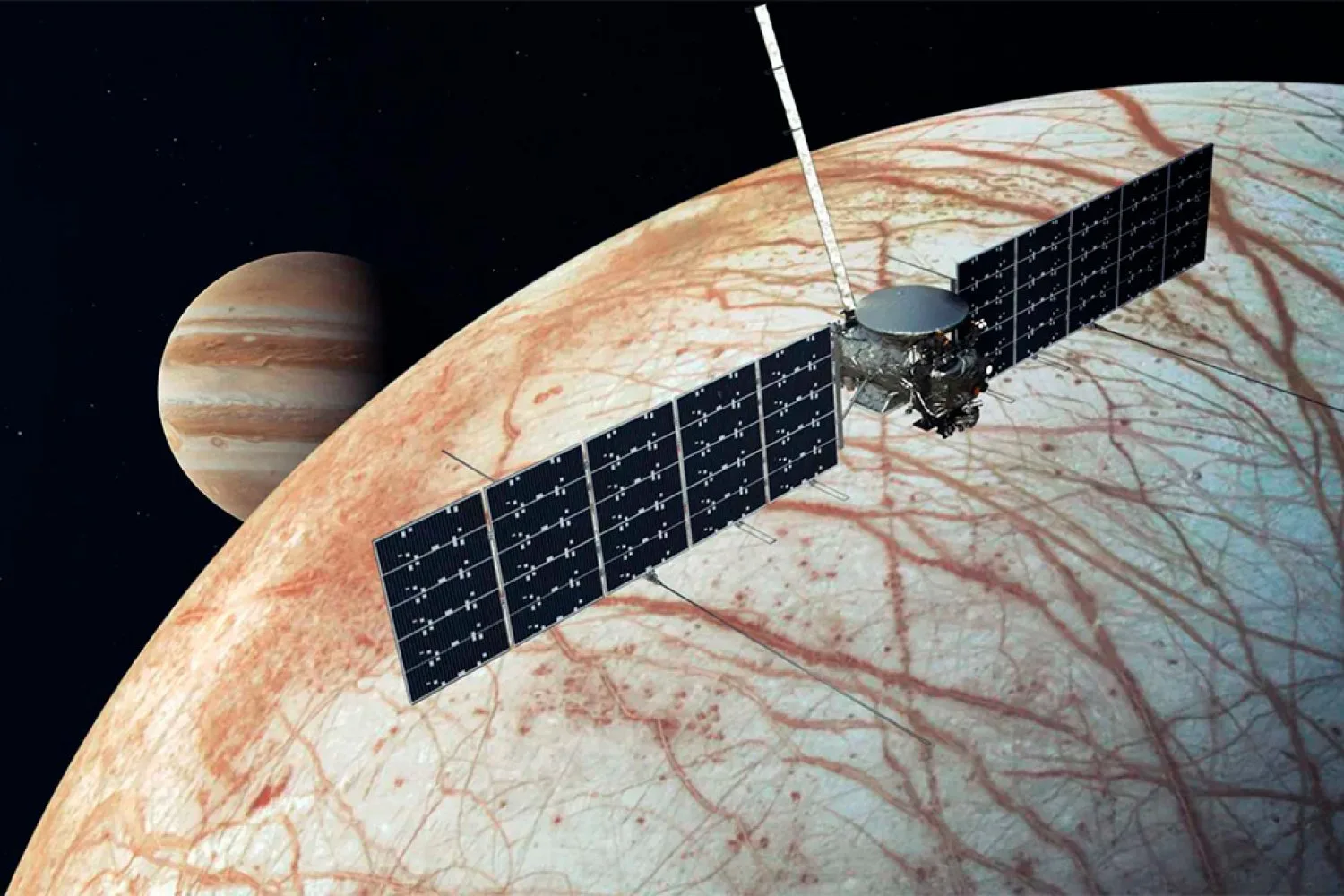Exoplanets originate within protoplanetary disks, which are vast collections of gas and dust encircling a star. The primary theory explaining how these planets form is known as core accretion. This process resembles a snowball rolling down a hill, where tiny dust grains in the disk accumulate to create a core. Once this core achieves a significant gravitational pull, it attracts additional material to form an atmosphere.
Another explanation for planetary formation is gravitational collapse. Here, the instability of the disk leads to its gravitational self-collapse, much like snow being gathered into a mound by a plow. To observe this phenomenon, the disk must possess considerable mass—a requirement that has historically posed challenges in identifying suitable candidates. While prior studies had noted the presence of the “snow pile,” detecting the mechanism behind it remained elusive.
In a recent study published in Nature, Richard Teague, an MIT professor, along with his team, found compelling evidence indicating that the gas dynamics surrounding the star AB Aurigae align with predictions for a gravitationally unstable disk. Their observations are akin to identifying the snowplow that created the pile, thereby establishing gravitational collapse as a feasible pathway for planetary formation. Teague, who researches planetary systems in the Department of Earth, Atmospheric and Planetary Sciences at MIT, sheds light on this groundbreaking discovery.
Q: What makes the AB Aurigae system a prime candidate for observation?
A: The AB Aurigae system has drawn attention due to its intriguing dynamics. Numerous observations have uncovered spiral arms within the disk and various hot spots, sparking debates about their origins—whether they indicate a planet or signify other instabilities. We’ve gathered enough intriguing data to establish that the disk is quite active, though previous observations lacked the clarity needed to draw deeper insights.
Q: Can you explain gravitational instability in the context of protoplanetary disks?
A: Gravitational instability occurs when the disk’s own gravity becomes strong enough to disturb its motions. Generally, we expect the central star’s gravitational potential to dominate, particularly when the disk’s mass is less than 10 percent of the star’s mass—a common scenario. However, a massive disk alters this balance, leading to large spiral arms and various effects: trapping gas, heating it up, or enabling rapid angular momentum transport. If the disk becomes too unstable, it can fragment and directly collapse to form a planet in a remarkably short timespan—far quicker than the core accretion process, which can take tens of thousands of years.
Q: How does this discovery challenge traditional theories of planetary formation?
A: This research highlights an alternative mechanism for forming planets through direct collapse. This insight is crucial as current observations reveal numerous large planets—such as Jupiter or even larger—located far from their parent stars. Forming such massive bodies via core accretion is daunting because they typically need to form closer to their star, where conditions change rapidly. By demonstrating that gravitationally unstable sources exist, we may better explain the formation of these distant giants, offering a fresh perspective on new planetary systems that challenge conventional core accretion theories.
Photo credit & article inspired by: Massachusetts Institute of Technology



